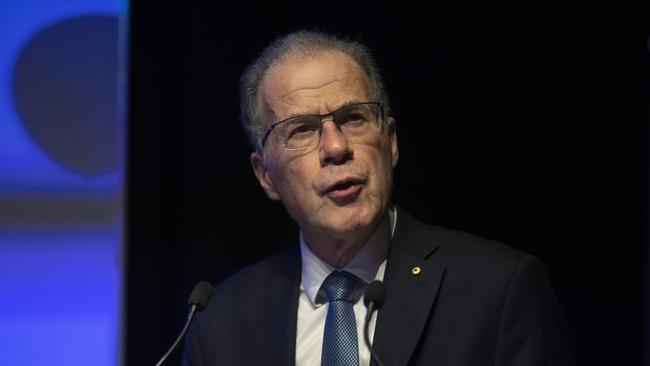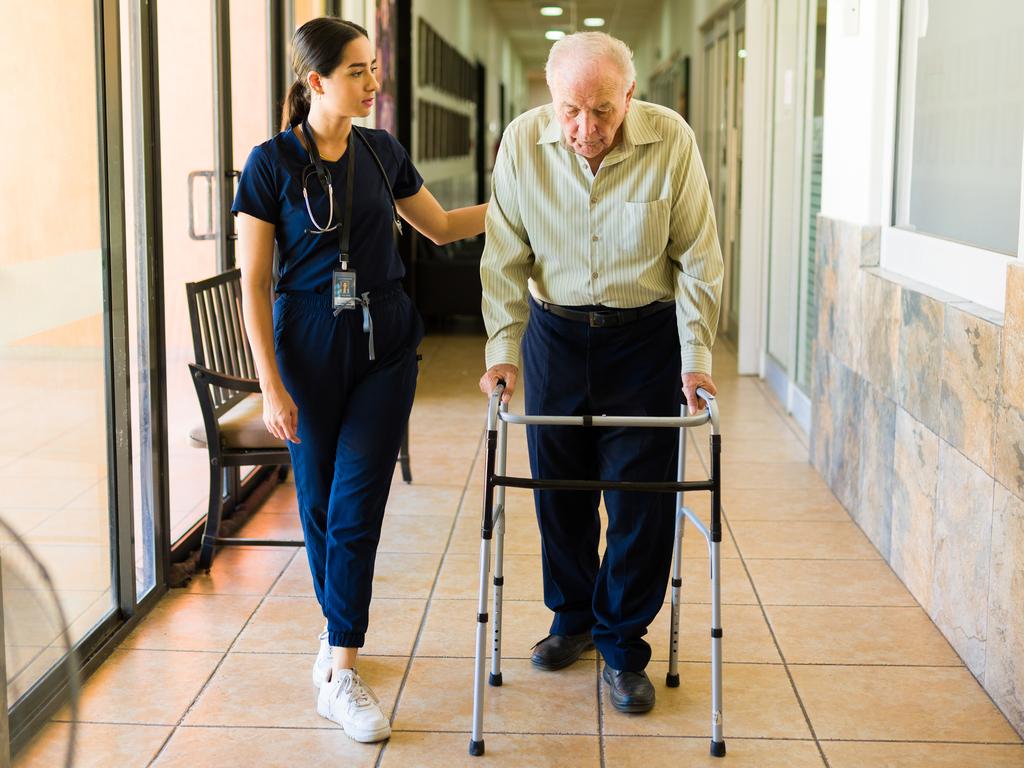NDIS creating winners and losers among children with autism, says institute
The $35bn National Disability Insurance Scheme would better help kids with autism if it stopped taking a ‘medicalised’ approach, says the Actuaries Institute.

The National Disability Insurance Scheme has “medicalised” autism and created winners and losers among children with the condition and developmental delay, giving providers incentives to ensure children remain dependent on therapeutic support, and threatening the $35bn-a-year scheme’s financial sustainability, the Actuaries Institute warns.
Children with autism would have better long-term outcomes in school and community-based programs outside the NDIS than receiving individual supports under the scheme, the institute says, but state and local governments have largely abandoned the field.
In a discussion paper submitted to the independent NDIS review, the institute proposes diverting $5bn of the scheme’s budget currently spent on individual children with autism and developmental delay to restore specialist support in everyday settings including education, health and maternal care.
And it calls for an end to the requirement for a clinical diagnosis of autism to secure NDIS eligibility, saying the system left medical professionals with a diagnostic dilemma between guaranteeing lifetime support worth tens of thousands of dollars a year, or leaving families to self-fund.
The system may even be distorting autism prevalence in Australia, it says.
More than half of the 610,000 NDIS participants, 313,000, are aged under 18, with 75 per cent having a primary disability of autism or developmental delay. They account for almost a fifth of total scheme costs.
Report co-author and senior actuary Maathu Ranjan said: “Children, particularly children with autism or developmental delay, are one of the fastest growing cohorts of NDIS participants.
“This is largely because the system gives families little choice but to seek out formal medical diagnoses.
“This means lengthy wait lists that can prevent timely access to early interventions – something we know is most effective when it happens earlier in a child’s life.
“If we provide support through community-based programs, we can bring that timeline forward, which means better outcomes for children and families and more effective government spending to achieve a sustainable NDIS.”
The Albanese government has flagged the NDIS as one of its key budgetary concerns. The National Disability Insurance Agency has projected participant numbers to breach the million mark and scheme costs to hit almost $90bn a year by 2031-32. The Intergenerational Report released last month confirmed it was one of the fastest rising costs in the budget over coming decades.
Despite the NDIS being an uncapped, demand-driven scheme, the cost projections prompted national cabinet in April to set an annual cost growth target of 8 per cent from 2026. Cost growth has been running at about 14 per cent in recent years.
Amid concerns about financial sustainability NDIS Minister Bill Shorten last October announced a review of the scheme, headed by one of its original architects, Bruce Bonyhady. The review is due to report next month, but has already flagged the rising number of children on the scheme as a critical concern.
In a speech last month Professor Bonyhady said the NDIS wasn’t working properly for children with developmental concerns, and early childhood was an area that needed “a complete and urgent rethink”.

“Twenty per cent of children experience learning difficulties, developmental concerns, developmental delay or are found to have disabilities,” Professor Bonyhady said. “In other words, learning difficulties and disability are mainstream issues. Unless there is a need for clinical intervention, (early intervention) needs to be delivered mainly in homes, early childhood settings and schools.”
Earlier this year The Australian reported that children were being diagnosed with more severe autism than their characteristics warranted to give them a greater chance of securing a place on the NDIS, and some private diagnostic service providers were charging parents more than $5000 for an autism diagnosis for their child, describing it as “a guarantee of funding for life”.
Noting the NDIS had transformed the lives of hundreds of thousands of people with disability, the Actuaries Institute paper says that given the growing recognition of neurodiversity and rising rates of autism globally, it will be a challenge curtailing growth in NDIS numbers under the current model.
But for the sake of scheme sustainability it needs to find a way, it says.
“If the threshold for access to the scheme becomes too broad and people receive a lifetime of benefits without a view to improving outcomes, it is no longer an insurance scheme – it is an uncapped social welfare program facing the prospect of unsustainable growth,” the paper says.
The institute says the NDIS now operates under a “medical model” to determine both scheme eligibility and types of support, which was not how it was originally intended to work.
“In the case of autism, the legislated eligibility criterion of ‘permanent and significant functional impairment’ has been operationalised as needing a diagnosis of autism spectrum disorder level 2 or higher,” the institute says.
“This is a system that gives families little choice but to seek out formal diagnoses, resulting in considerable diagnostic wait lists and the prevention of timely access to early interventions.”
The paper notes the dearth of services available to families with a child with developmental delay not severe enough to secure NDIS funding.
“Once the NDIS rolled out, many existing state and territory programs for children with disability withdrew their services or transformed into services exclusive to NDIS participants,” it says.
“So medical professionals are faced with the diagnostic dilemma of providing a level 2 diagnosis guaranteeing a lifetime package of support in the NDIS (up to tens of thousands of dollars annually, on average) or a level 1 diagnosis where families face the prospect of self-funding,” it says.








To join the conversation, please log in. Don't have an account? Register
Join the conversation, you are commenting as Logout